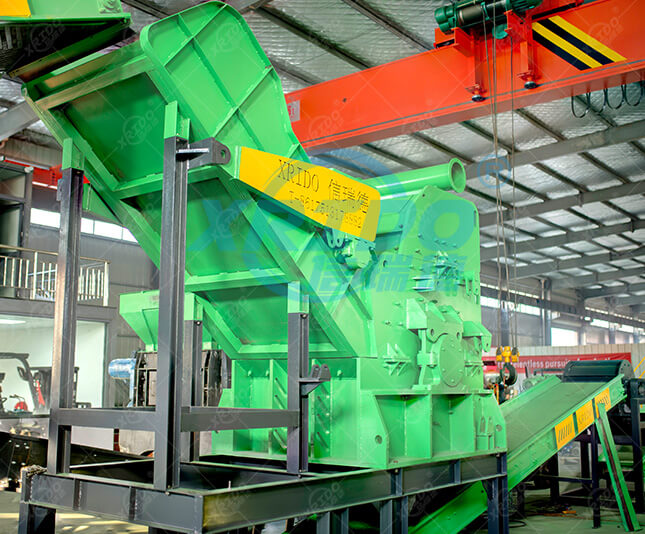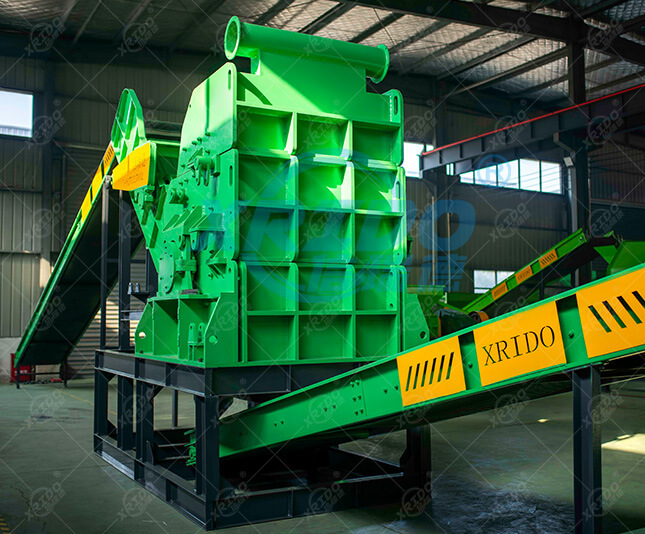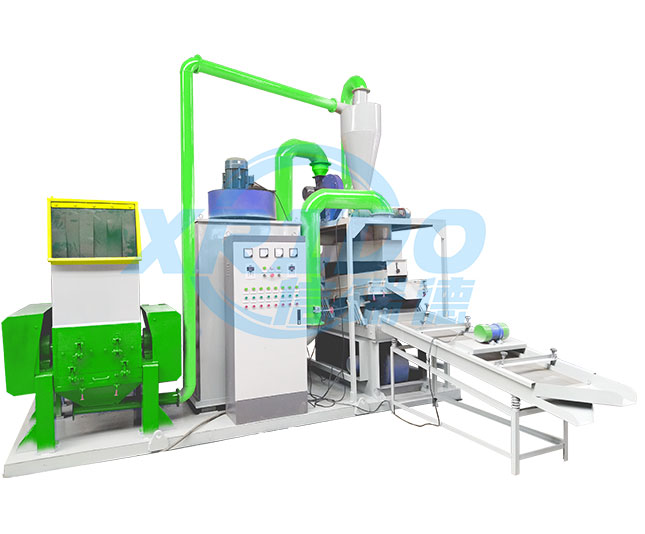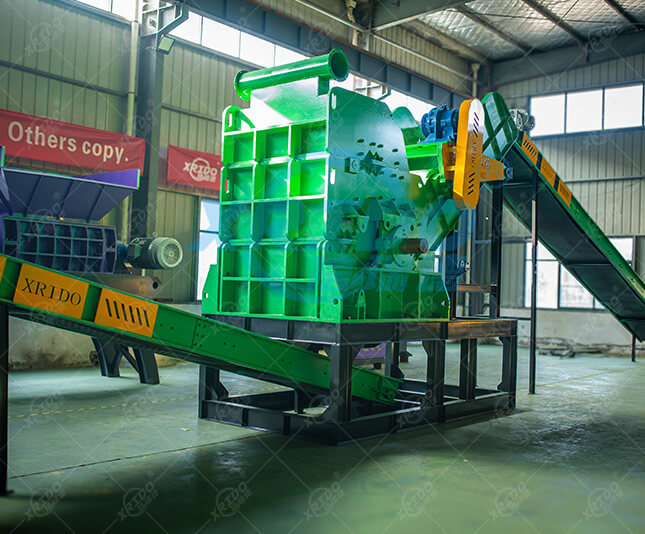Hot Products
Incineration and pyrolysis technology in solid waste treatment process
The incineration method is a comprehensive treatment process of solid waste pyrolysis and deep oxidation. The advantage is that a large amount of harmful waste is decomposed and turned into harmless substances. As the proportion of combustibles in solid waste is gradually increasing, it has become a necessary development trend to use incineration to treat solid waste and use its heat energy. With this treatment method, solid waste occupies less land and has a large processing capacity. Environment and incineration plants are mostly located in large cities with more than 100,000 people, and energy recovery systems are installed. Due to the shortage of land in Japan, the use of incineration methods has gradually increased.
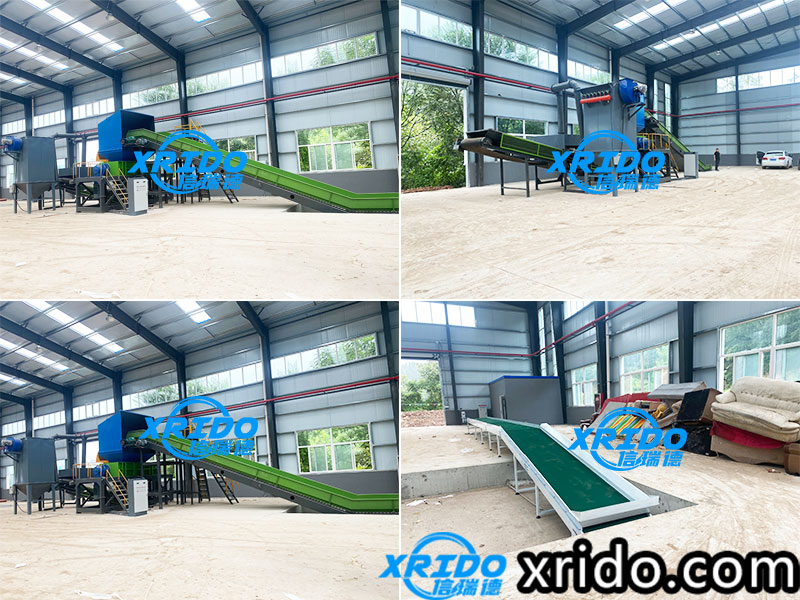
The heat obtained during the incineration process can be used for power generation, and the heat produced by the incinerator can be used for heating residents and maintaining the room temperature of the greenhouse. Japan and Switzerland incinerate more than 65% of municipal waste to regenerate energy every year. However, the incineration method also has disadvantages, such as large investment, secondary pollution caused by smoke exhaust in the incineration process, and serious corrosion of equipment. Pyrolysis is to heat organic matter at high temperature (1000°C-1200°C) under anaerobic or anoxic conditions to decompose it into three types of products: gas, liquid, and solid. Compared with incineration, pyrolysis is a more promising treatment method, its most notable advantage is that the infrastructure investment is low, and the gas produced after pyrolysis can be used as fuel.
The core equipment in the solid waste disposal process includes twin-shaft shredders, briquetting machines, conveyors, etc.


